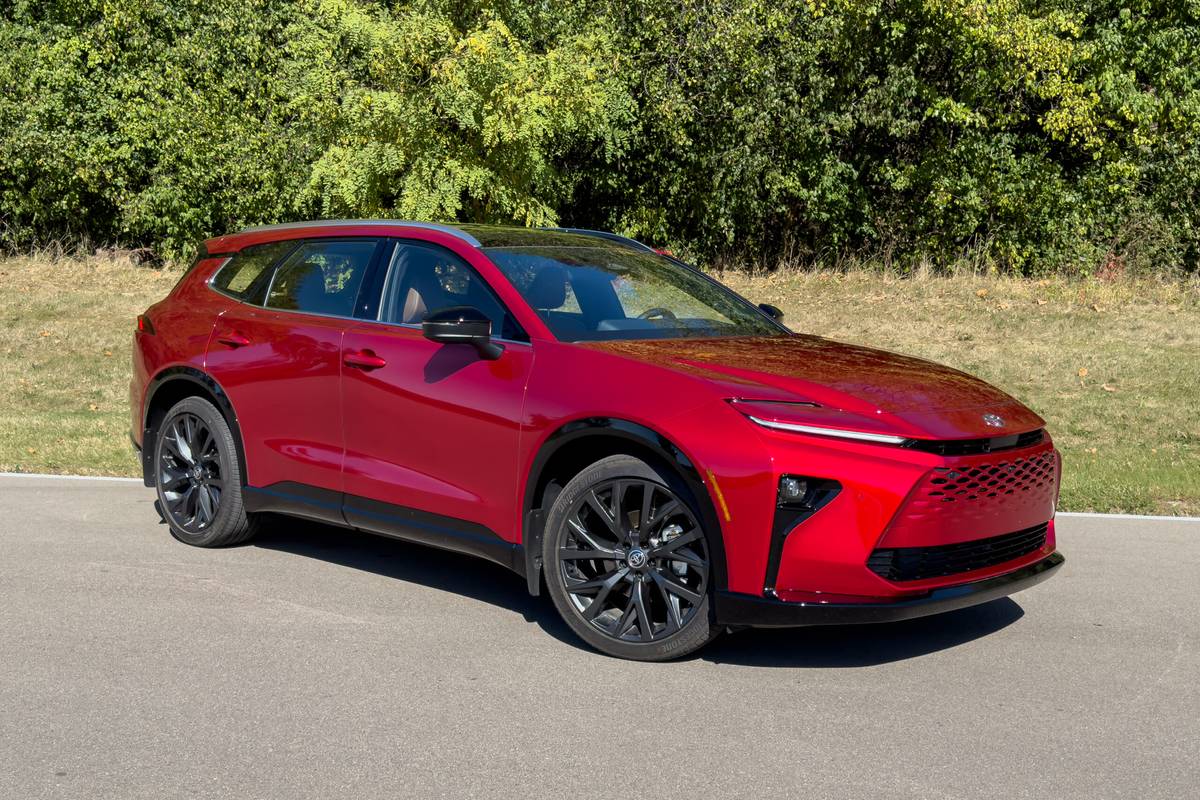washingtonpost.com's view
It is a careful rollout — befitting an automobile featuring advanced technology.
Simultaneously, it is a rushed introduction, not yet ready for prime time, a common occurrence in a hypercompetitive industry in which having an idea is not the same as bringing it to market before a competitor.
That is what happened to the Toyota Prius Plug-in Hybrid Electric Vehicle, variously labeled the Prius PHEV or Prius PHV, which has been rolling around the United States in prototype form for the past year gathering mileage and consumer reaction, the latter poured out in volume on Twitter, Facebook and other social media, in preparation for a market debut sometime in 2012.
In homage to brevity, I’ll call it the PHV, probably the greenest and most advanced Prius in the 14-year history of an automobile that revolutionized consumer, regulatory, industry and political thinking about the feasibility, acceptability and desirability of high-mileage alternative-fuel passenger cars.
Given this heritage, the emergence of the PHV should have been monitored in the manner of royal progeny. But its glory was eclipsed by the earlier-to-market Chevrolet Volt — an extended-range plug-in hybrid electric car produced by General Motors.
The Volt is larger and prettier inside and out than the Prius PHV. It also runs more miles on electric-only power — 40 miles per charge, compared with 13 for the prototype PHV driven for this column.
But the PHV remains a commendably virtuous work. It fully recharges substantially faster than the Volt — 1.5 to three hours for the Prius PHV vs. three to 15 hours for the Volt, with the duration of charge times depending on the charging source used — regular 115-to-120-volt house current, a 220-volt outlet or a higher-voltage setup specifically designed for the task.
The Volt is relatively expensive — a base price of $40,280 before available federal tax abatements of up to $7,500. But although the Prius PHV is much less costly than the Volt — with base prices ranging from $22,120 to $28,790, depending on trim levels chosen — it won’t be cheap. Industry types estimate that plug-in technology will add $3,000 to $5,000 to the price tag.
Is the car worth it? Yes, it is — in the manner that cleaner air and moving toward a more stable and, eventually, more affordable energy future are worth it.
The plug-in Volt and Prius PHV both offer motorists the ability to do local commuting without burning one ounce of gasoline. With the Volt, the electric-only commuting range is 40 miles. It is 13 miles with the Prius PHV, as currently constituted. What is important is that both cars give commuters the ability to plan gas-free trips, thus lessening our overall dependence on oil, foreign or domestic, and moving us forward into a more livable, breathable environment.
Both front-wheel-drive cars address consumer anxiety about driving range by mating their electric power systems with small gasoline engine/
generators — a 1.8-liter four-cylinder (98 horsepower) for the Prius PHV and a 1.4-liter four-cylinder (80 horsepower) for the Volt. Both cars handle and drive quite well in the electric-only mode. But the Prius PHV is a bit more fun when it switches to gas assistance.
It figures. In gasoline/generator mode, the Volt is using a smaller engine to move more weight, considering the Volt’s curb weight (factory weight minus passengers and cargo) of 3,781 pounds. The Prius PHV’s curb weight is an estimated 700 pounds less assisted by a larger gasoline engine. As a result, the Prius PHV feels downright sprightly in gasoline mode, when the car switches to Hybrid Synergy Drive, the technology used by Priuses to date.
Car shoppers are not likely to consider the Prius PHV or the Volt equally. Since the Prius’s introduction in 1997 in Japan, the odd-shaped car has been a motorized badge of honor for many environmentalists. Here’s betting that many of those same people will welcome the production version of the 2012 Prius PHV, which, at least in base form, is likely to come with an austere, bare-bones exterior similar to the one in the prototype. Those buyers are in pursuit of fuel efficiency at the expense of appearance and, I would argue, comfort.
The Volt, on the other hand, caters to the American tradition of delightful excess, in which some aspect of efficiency often is sacrificed in favor of beauty and comfort. For me, it is a much more likable car — much more a car than it is a science project.
Hyper-milers, those people dedicated to getting the most miles possible out of a gallon of fuel, are likely to love the forthcoming production-model Prius PHV. It is likely to give them bragging rights over almost everything else in the extended-range plug-in-electric category. But I do not count myself among them. I’m more of a Volt person, which makes me silly, perhaps. But I’m willing to spend more money on a car and the fuel to run it in exchange for more smiles per mile.
Latest news



